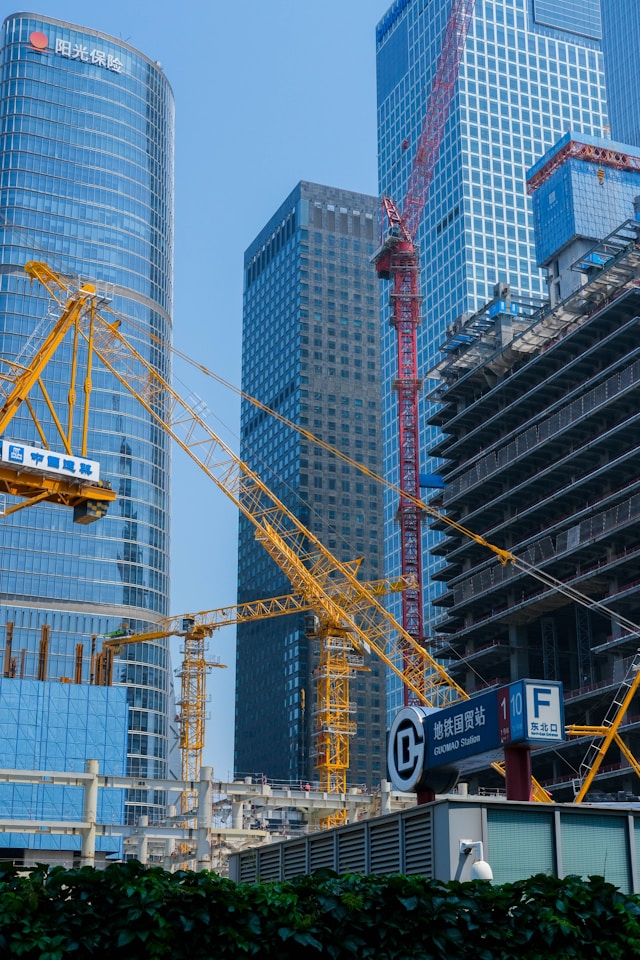
The construction industry is seeing signs of new momentum as borrowing conditions gradually improve nationwide. The Federal Reserve issued a second consecutive interest rate cut on Wednesday — trimming its benchmark rate another 25 basis points — creating more confidence among developers who have paused projects throughout most of 2025.
This move builds on the Fed’s earlier rate reduction in September, shifting sentiment toward a future where loans may once again become affordable enough to reignite delayed commercial, industrial, and multifamily work.

Contractors say the market’s tone is noticeably shifting. Developers who spent months waiting for pricing clarity are now re-engaging with project teams and preparing for smoother access to construction financing in early 2026.
“Since the first cut in September, we have seen a slow but steady return of confidence,” said Robert Brown, president and CEO of GCM Contracting Solutions. “Some projects that were sitting on the edge have now started to move, particularly those with design and financing mostly in place.”
Design-build delivery models are gaining traction, Brown noted, as owners look to speed up schedules and reduce uncertainty tied to labor costs, materials volatility and lingering inflation.
.jpg)
Industry leaders say the psychological impact of rate normalization may be just as important as the financial impact. In September, many contractors described the Fed’s first cut as a confidence boost rather than a market shift. But conditions appear to be gradually improving.
“The real catalyst is certainty,” Brown told Construction Dive. “Owners are more confident, but still disciplined. Borrowing costs are only one piece of the puzzle.”
Granger Hassmann, regional president of Gulf States at Adolfson & Peterson, previously said the initial rate change helped encourage “projects that were on the edge of being financially viable” to break ground. Now, that cautious energy is building.
Even so, the outlook still requires patience. Contractors and economists alike emphasize that multiple cuts — not just one or two — are needed to fully unlock pent-up capital. A single quarter-point reduction won’t transform the cost of capital overnight.
Brown agreed the Fed’s latest action is helping developers anticipate a more favorable lending market ahead. That anticipation may be what keeps the construction pipeline alive while waiting for further relief.
“Most of our clients see this as the start of a sustained easing cycle and are preparing accordingly,” Brown said. “No one is calling it a full turnaround yet, but there is cautious optimism.”
Overall, Wednesday’s cut adds another signal that relief is coming — even if the pace remains gradual.
Originally reported by Sebastian Obando in Construction Dive.